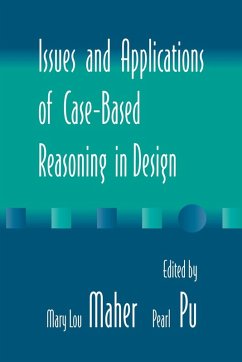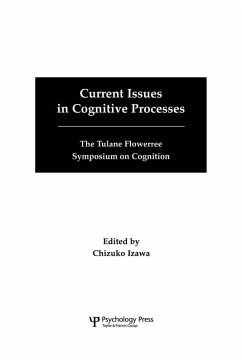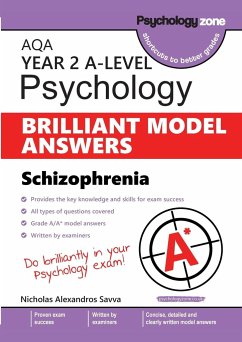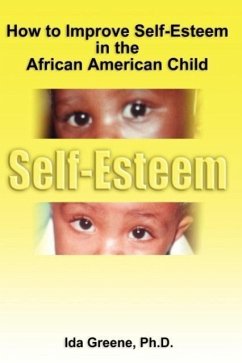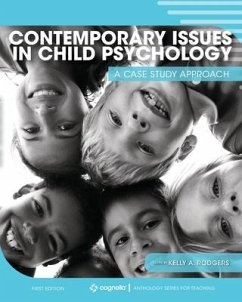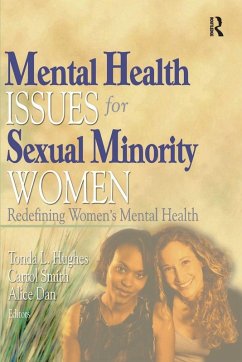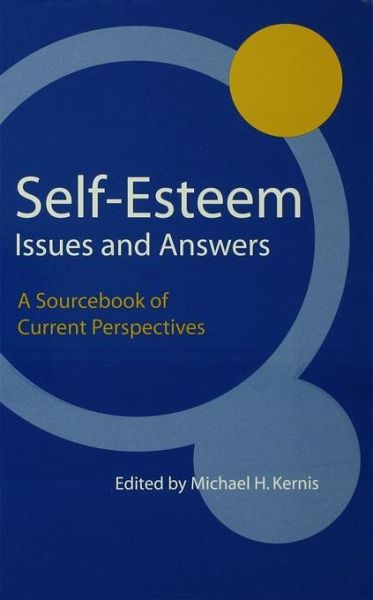
Self-Esteem Issues and Answers
A Sourcebook of Current Perspectives
Herausgeber: Kernis, Michael H.
Versandkostenfrei!
Versandfertig in 1-2 Wochen
69,99 €
inkl. MwSt.

PAYBACK Punkte
35 °P sammeln!
Research and theory on self-esteem have flourished in recent years. This resurgence has produced multiple perpectives on fundamental issues surrounding the nature of self-esteem and its role in psychological functioning and interpersonal processes. Self-Esteem Issues and Answers brings together these various perspectives in a unique format. The book is divided into five sections. Section I focuses on core issues pertaining to the conceptualization and assesment of self-esteem, and when self-esteem is optimal. Section II concentrates on the determinants, development, and modifiability of self-e...
Research and theory on self-esteem have flourished in recent years. This resurgence has produced multiple perpectives on fundamental issues surrounding the nature of self-esteem and its role in psychological functioning and interpersonal processes. Self-Esteem Issues and Answers brings together these various perspectives in a unique format. The book is divided into five sections. Section I focuses on core issues pertaining to the conceptualization and assesment of self-esteem, and when self-esteem is optimal. Section II concentrates on the determinants, development, and modifiability of self-esteem. Section III examines the evolutionary significance of self-esteem and its role in psychological processes and therapeutic settings. Section IV explores the social, relational, and cultural significance of self-esteem. Finally, Section V considers future directions for self-esteem researchers, practitioners, parents and teachers. This volume offers a wealth of perspectives from prominent researchers from different areas of psychology. Each expert contributor was asked to focus his or her chapter on a central self-esteem issue. Three or four experts addressed each question. The result is that Self-Esteem Issues and Answers provides a comprehensive sourcebook of current perspectives on a wide range of central self-esteem issues.






